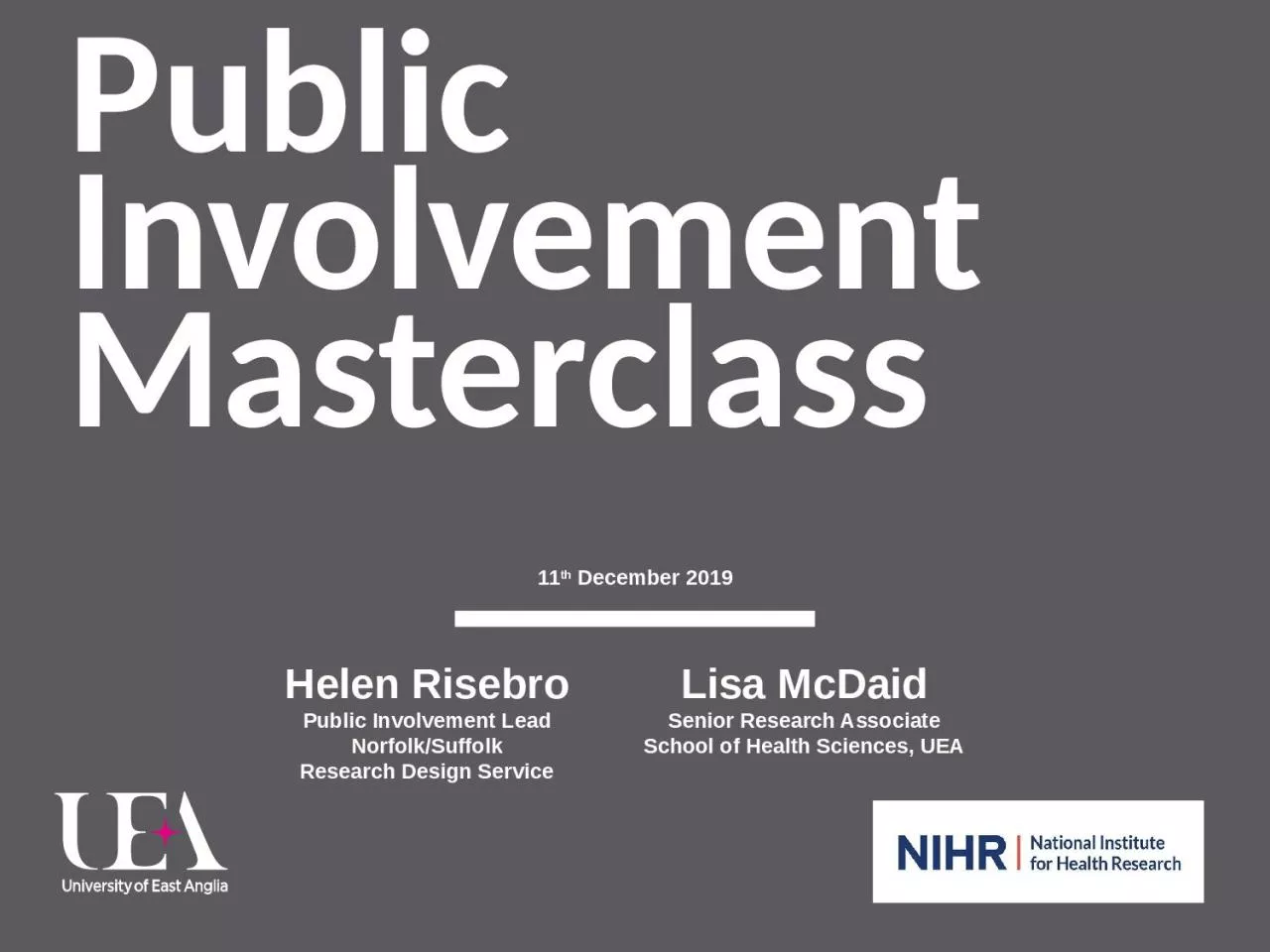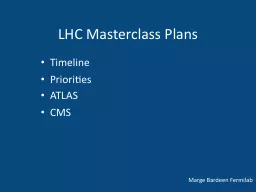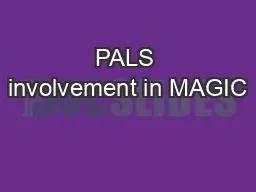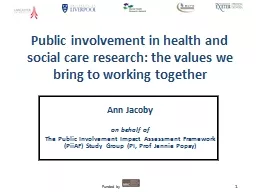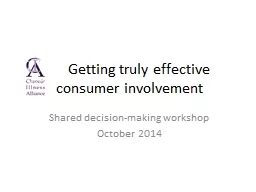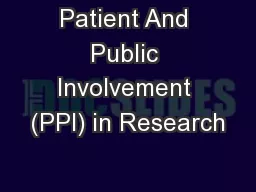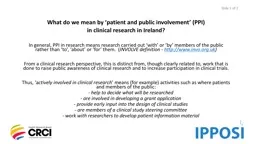PPT-Public Involvement Masterclass
Author : ani | Published Date : 2023-07-27
Helen Risebro Public Involvement Lead NorfolkSuffolk Research Design Service Lisa McDaid Senior Research Associate School of Health Sciences UEA 11 th December
Presentation Embed Code
Download Presentation
Download Presentation The PPT/PDF document "Public Involvement Masterclass" is the property of its rightful owner. Permission is granted to download and print the materials on this website for personal, non-commercial use only, and to display it on your personal computer provided you do not modify the materials and that you retain all copyright notices contained in the materials. By downloading content from our website, you accept the terms of this agreement.
Public Involvement Masterclass: Transcript
Download Rules Of Document
"Public Involvement Masterclass"The content belongs to its owner. You may download and print it for personal use, without modification, and keep all copyright notices. By downloading, you agree to these terms.
Related Documents

